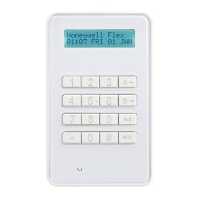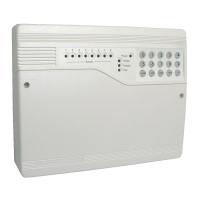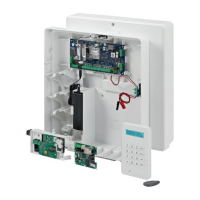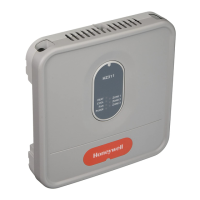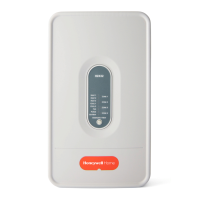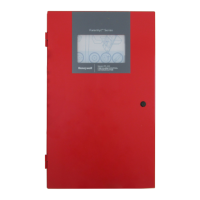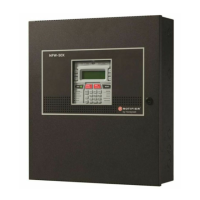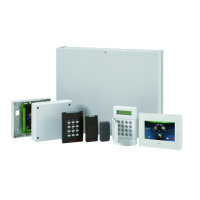A-1
APPENDIX A
Central Station Reporting Formats
•••••••••••••••••••••••••••••••••••••••••••
This security system is designed to transmit data to a central station receiver when an alarm, system
trouble, or an opening/closing occurs. Due to the many different types of CS receivers on the market,
this system can transmit data in various formats. Each installing company determines which format
best suits its needs based on many factors. Of these, the CS receiver type is a major factor.
Stage What Happens
1 The system’s digital communicator seizes the home phone lines. Then it dials the CS #1
telephone number (Programming Question 01).
2 When the CS receiver picks up the ringing phone line, it transmits a “handshake” frequency
(1400Hz, 2300Hz, or HiLo) back to the digital communicator.
3 After receiving the “handshake” frequency, the digital communicator transmits the data in the
format programmed in Question 06 (either in Pulse or DTMF).
4 Assuming the CS receiver verifies the data transmission as valid (after 2 successful rounds of
data or 1 valid parity round), it transmits a “kissoff” frequency back to the digital communicator.
This causes the communicator to stop transmitting, unless more data is available, in which case
additional data transmissions and “kissoffs” occur.
5 After the final “kissoff,” the CS receiver releases the phone line and processes the data to its
display and associated peripherals (computer and printer). If for any reason the digital
communicator does not receive the “kissoff,” it proceeds to dial the CS #2 telephone number or to
redial the CS #1 telephone number (if CS #2 is not used). It continues to dial (8 times for each
CS telephone number programmed) until a “kissoff” is received. If, after dialing 8 times for each
CS telephone number programmed, a “kissoff” is not received, the system displays
“Communication Failure” at the keypad. This message is cleared after the next successful
transmission or by the user at the keypad.
The following is a general description of the various formats transmitted by this system.
Standard (3X1 or 4X1)
The Standard Reporting Format: AAA E or AAAA E
Where:
AAAA = 3- or 4-digit account number (Program Questions 05 and 06)
E = Single-digit Event code; it is the first of the 2 programmable Reporting code digits
Standard format is transmitted in Pulse and involves a 3- or 4-digit account number followed by a
single-digit Event code. It can be transmitted with parity (1 round of data) or without parity (2 rounds
of data). A disadvantage of this format is that it can transmit only a total of 15 event codes (0 - 9, B - F)
without identifying zones or users. Examples:
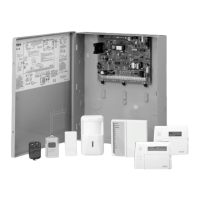
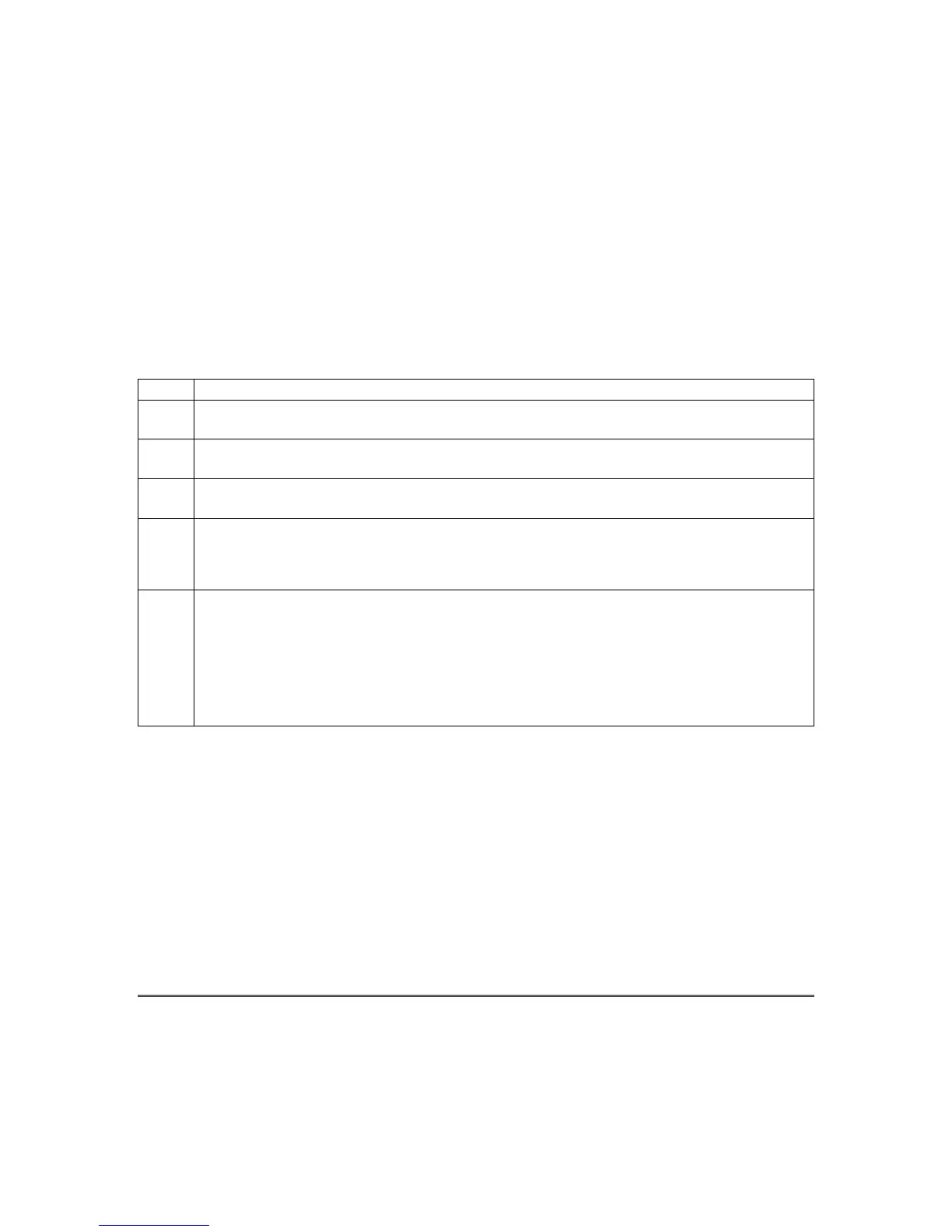